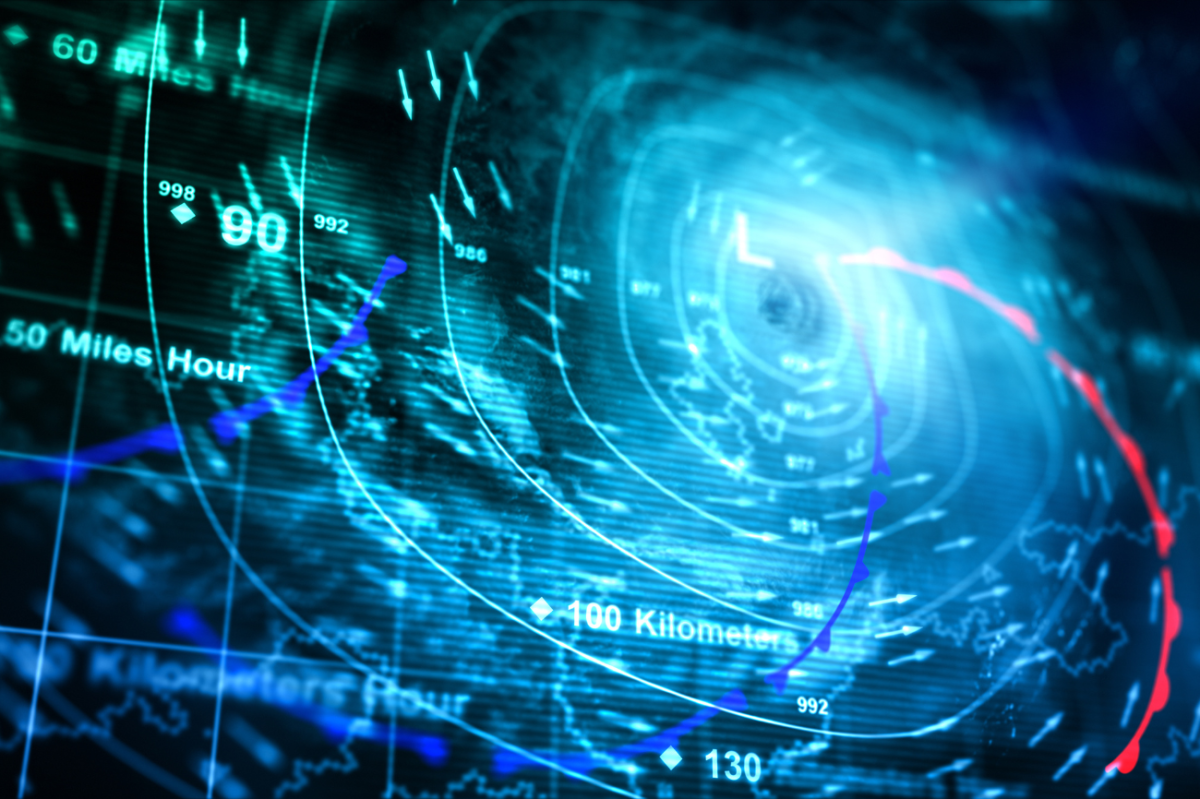Will AI Help Design Hurricane-Proof Buildings?
Posted on Categories Discover Magazine

Hurricane season — from June through November in the Atlantic — is right around the corner. And while we won’t know the National Oceanic and Atmospheric Administration’s (NOAA) official predictions for another few weeks, that hasn’t stopped other long-range forecasters from staking their claims.
In Colorado State University’s 2023 forecast are six hurricanes and two major hurricanes (meaning Category 3 or greater). Researchers at North Carolina State University tend to agree with that: They predict six to eight hurricanes and two to three major hurricanes.
In the face of these storms, buildings on the East and Gulf Coasts are built to withstand life-threatening wind speeds ranging from 74 to more than 157 miles per hour. Or, at least, that’s the goal.
Last year, says the National Centers for Environmental Information, more than a dozen separate climate disasters exceeded $1 billion worth of damage in the U.S. — each. The total cost of these events? A whopping $171.5 billion in 2022 alone.
Determining the level of wind that a building should be designed to withstand can be tricky. But engineers may have just found a helpful sidekick in artificial intelligence.
What Makes a Building Hurricane Proof?
Wind-resistant design can include things like concrete, steel frames and impact-resistant glass, depending on the situation. Current building codes lay out how much wind a new structure should be able to handle based on its importance and its location.
Hospitals, for example, rank higher in importance than restaurants and so should be built to withstand stronger storms. And, of course, certain locations are blasted by higher wind speeds than others.
For this, engineers turn to decade-old maps that are derived from hypothetical hurricanes simulated by computer models — which are, in turn, based on information gathered from real-life hurricanes.
“Imagine you had a second Earth, or a thousand Earths, where you could observe hurricanes for 100 years and see where they hit on the coast, how intense they are. Those simulated storms, if they behave like real hurricanes, can be used to create the data in the maps almost directly,” explained NIST mathematical statistician Adam Pintar in a press release.
Read More: After The Storm Passes, Hurricanes Leave These Hidden Impacts Behind
Hurricane Predictions
Most people think of natural disasters like tropical storms and hurricanes as sudden, unpredictable events. But that’s only because they don’t know what to look for.
In reality, because a storm’s severity is influenced by measurable parameters — like sea surface temperature and the roughness of the Earth’s surface — it leaves plenty of tiny, slow-moving breadcrumbs as it swells.
Great, right? The only problem is these crucial data points aren’t readily accessible. So, in a new study, published last month in Artificial Intelligence for the Earth Systems, Pintar and fellow NIST researchers tried an unprecedented approach.
Rather than attempting to mathematically build a storm from the ground up using scant data points, as current models do, they taught machine-learning algorithms to mimic actual hurricane data.
Read More: Hurricanes: How These Destructive Storms Form, and Why They Get So Strong
Machine-Learning Algorithms
This is sort of like studying for an exam by only looking at the questions and answers of previous assignments, NIST says — instead of, say, reading the textbook. As a result, the new NIST model is great at identifying patterns that other existing models miss.
The “answers” that the algorithms used to study? More than 100 years of hurricane paths and wind speeds from the National Hurricane Center’s Atlantic Hurricane Database.
But only some of these 1,500 storms were used to actually train the NIST model.
After training, researchers asked it to simulate the potential trajectories and winds of the rest of the storms, which it hadn’t seen before. And with few exceptions, it passed with flying colors.
“It performs very well,” Pintar said. “Depending on where you’re looking at along the coast, it would be quite difficult to identify a simulated hurricane from a real one, honestly.”
Read More: The Pros and Cons of Artificial Intelligence
The Future of Hurricane Projections
Taking things one step further, Pintar and his colleagues then used their model to come up with the next 100 years’ worth of hypothetical hurricanes — and it easily did so, within seconds.
These storms’ characteristics overlapped quite a bit with the ones we know from the past, suggesting they may be accurate to a point. But NIST admits there were some discrepancies within the data.
In the Northeast, for example, historical data is limited, so the AI-generated storms in this region are less realistic as a result.
Climate change is another issue to contend with. Right now, because AI is working with data from the past century, it’s difficult for it to imagine the effects that a changing climate will have on future weather patterns. (To be fair, it’s hard for us to imagine, too.)
For now, traditional computer models have the high ground there. But in the short term, the study’s authors say their creation better reflects reality. And in the coming years, they intend to put it to good use — starting with better wind maps and building codes.
Read More: How Our Changing Climate Will Make Hurricanes Worse